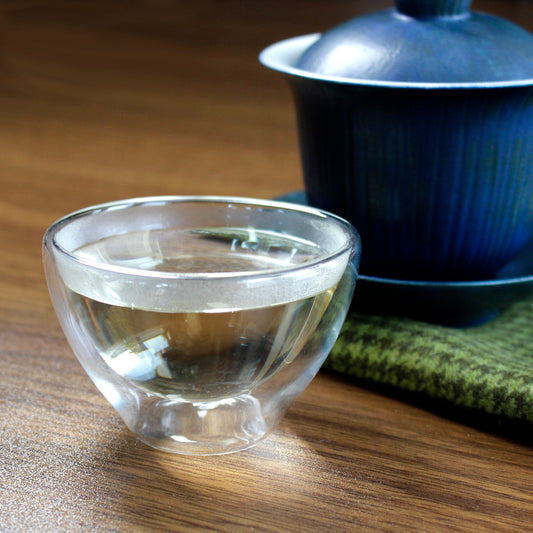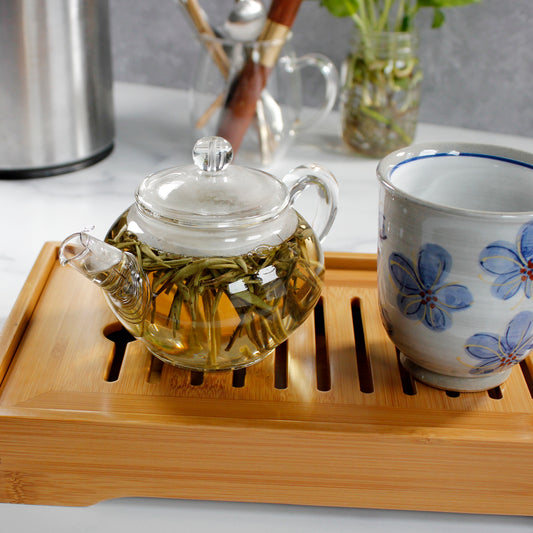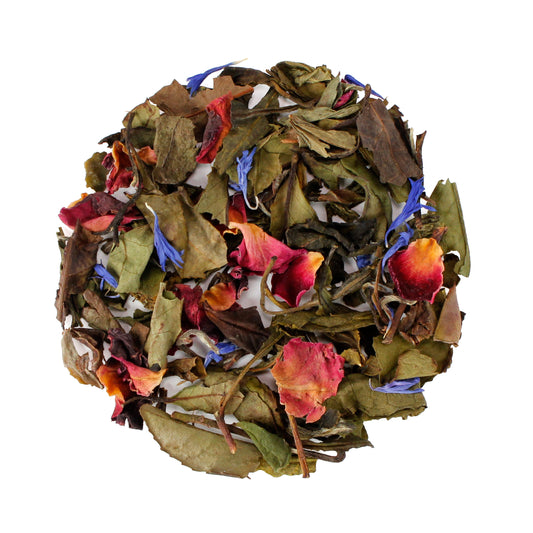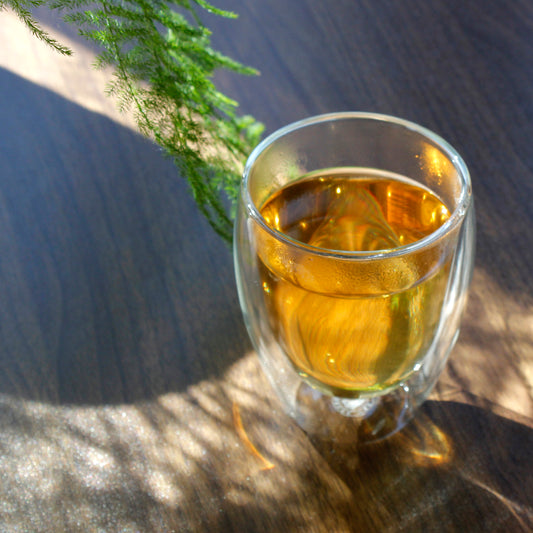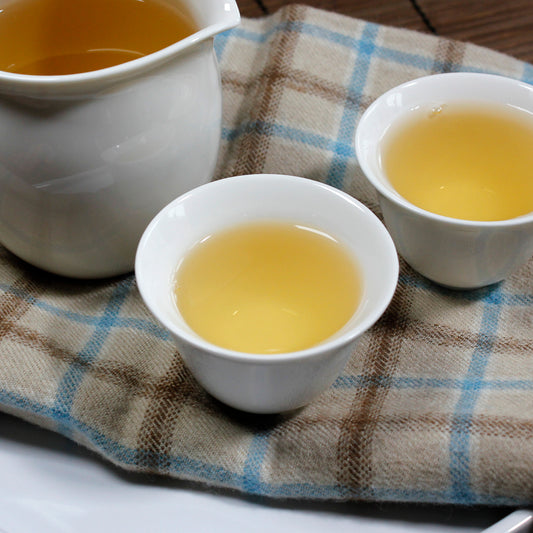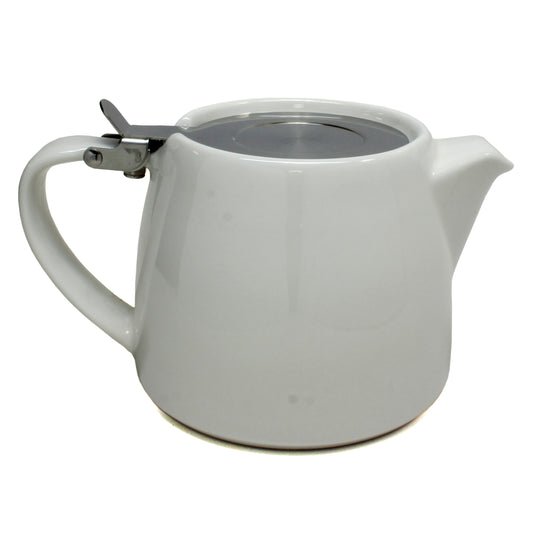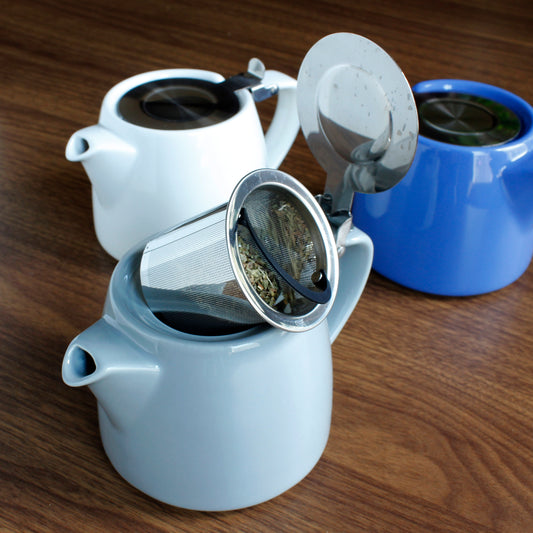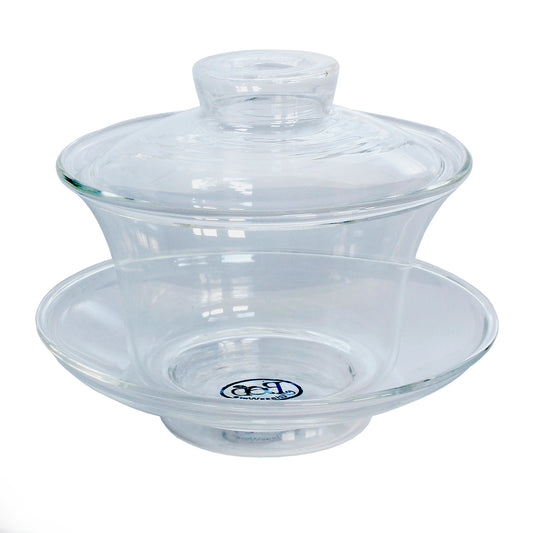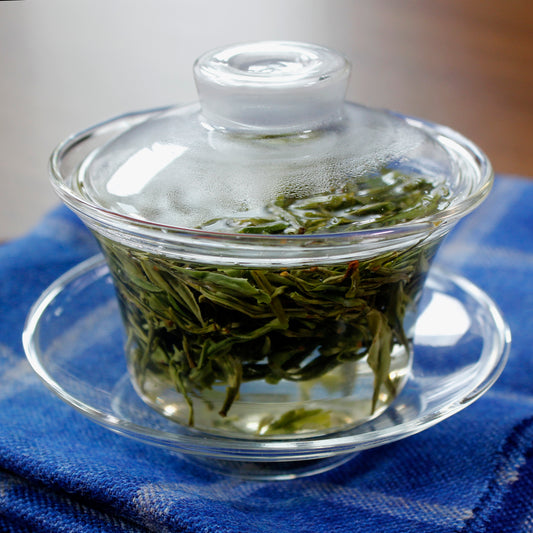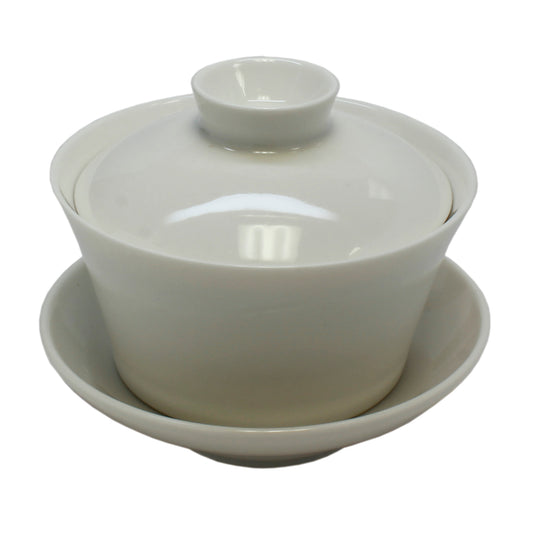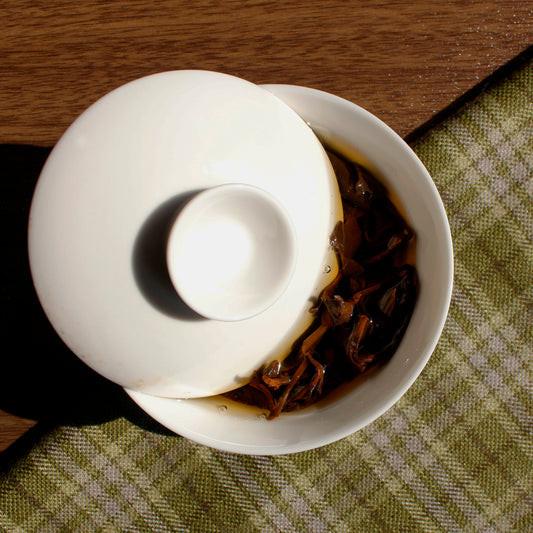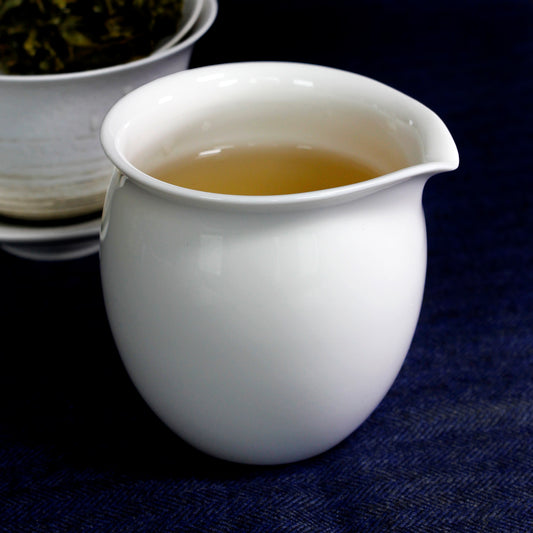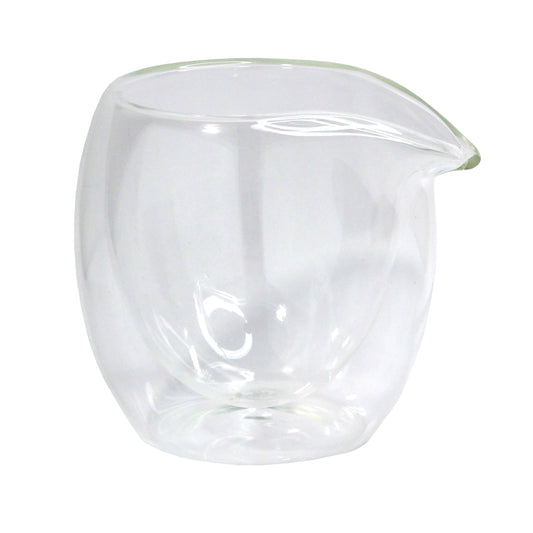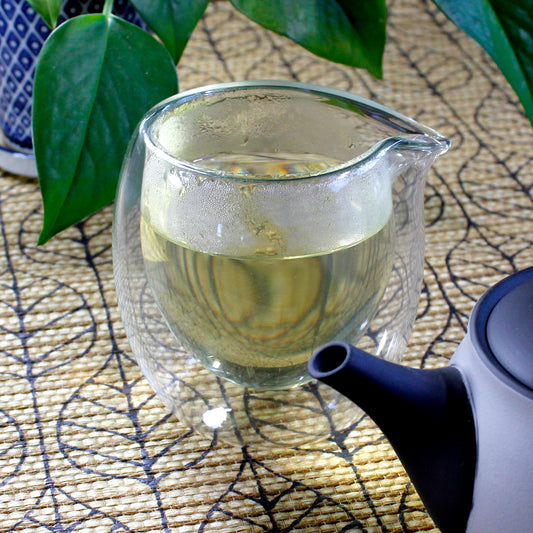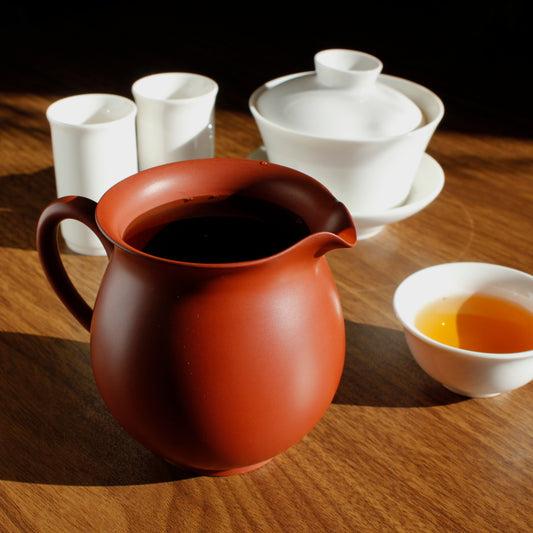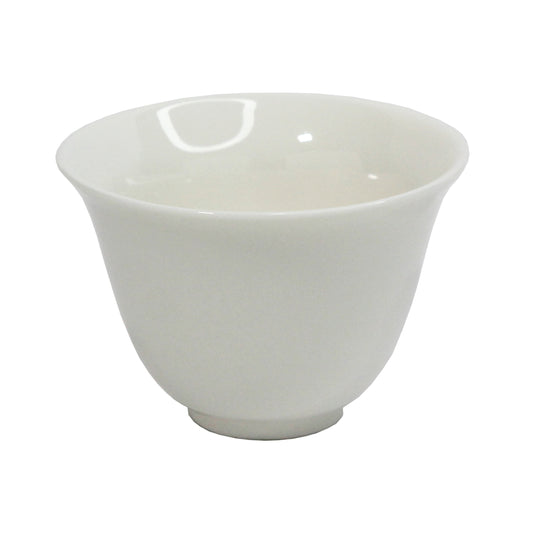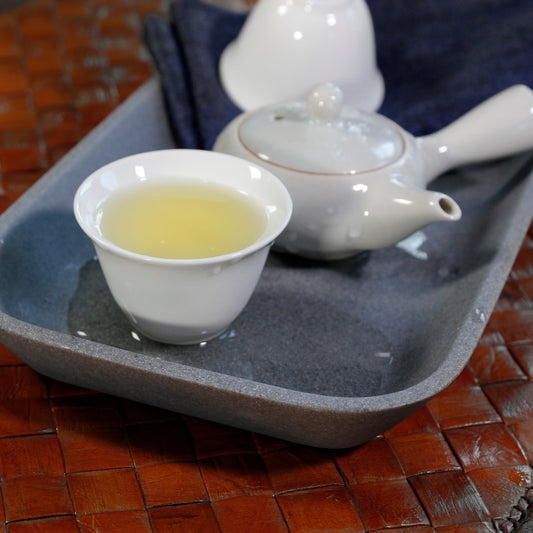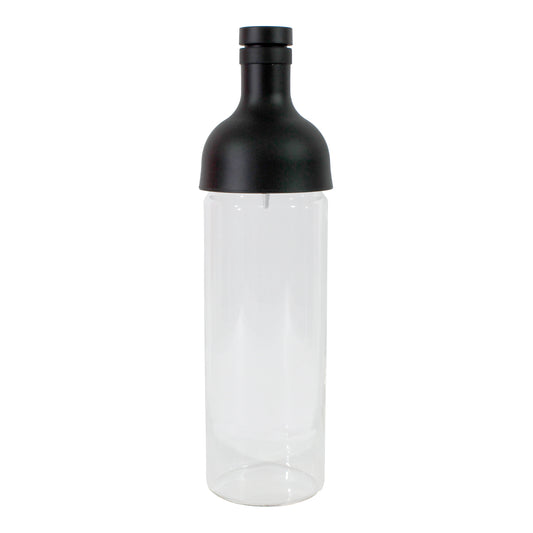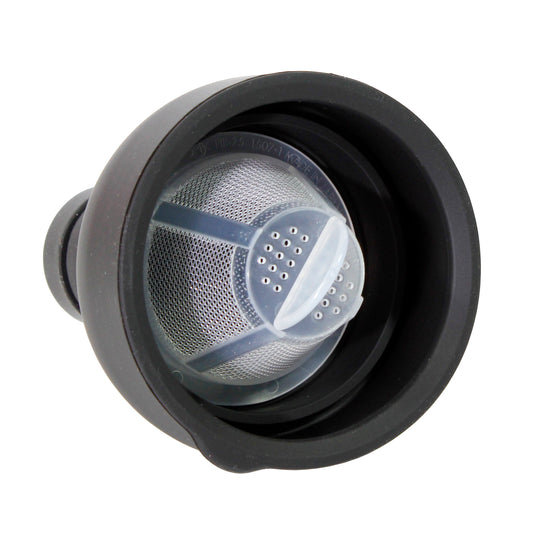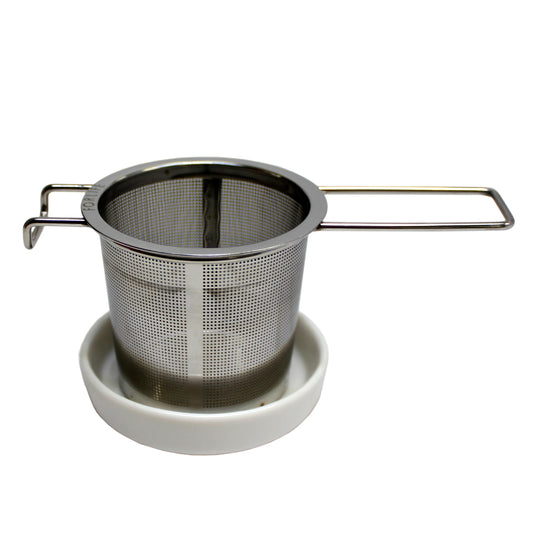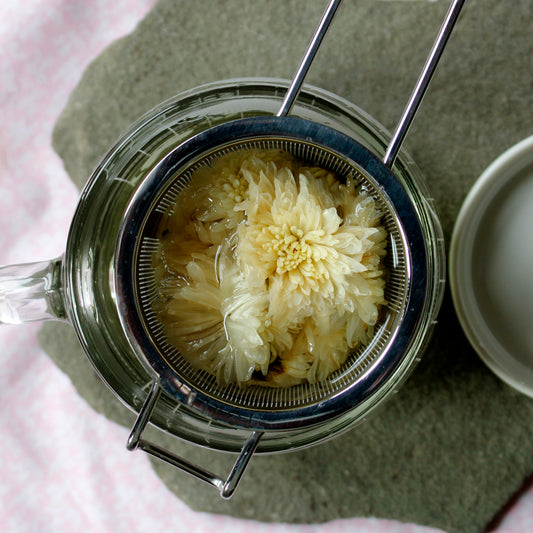WHITE TEA
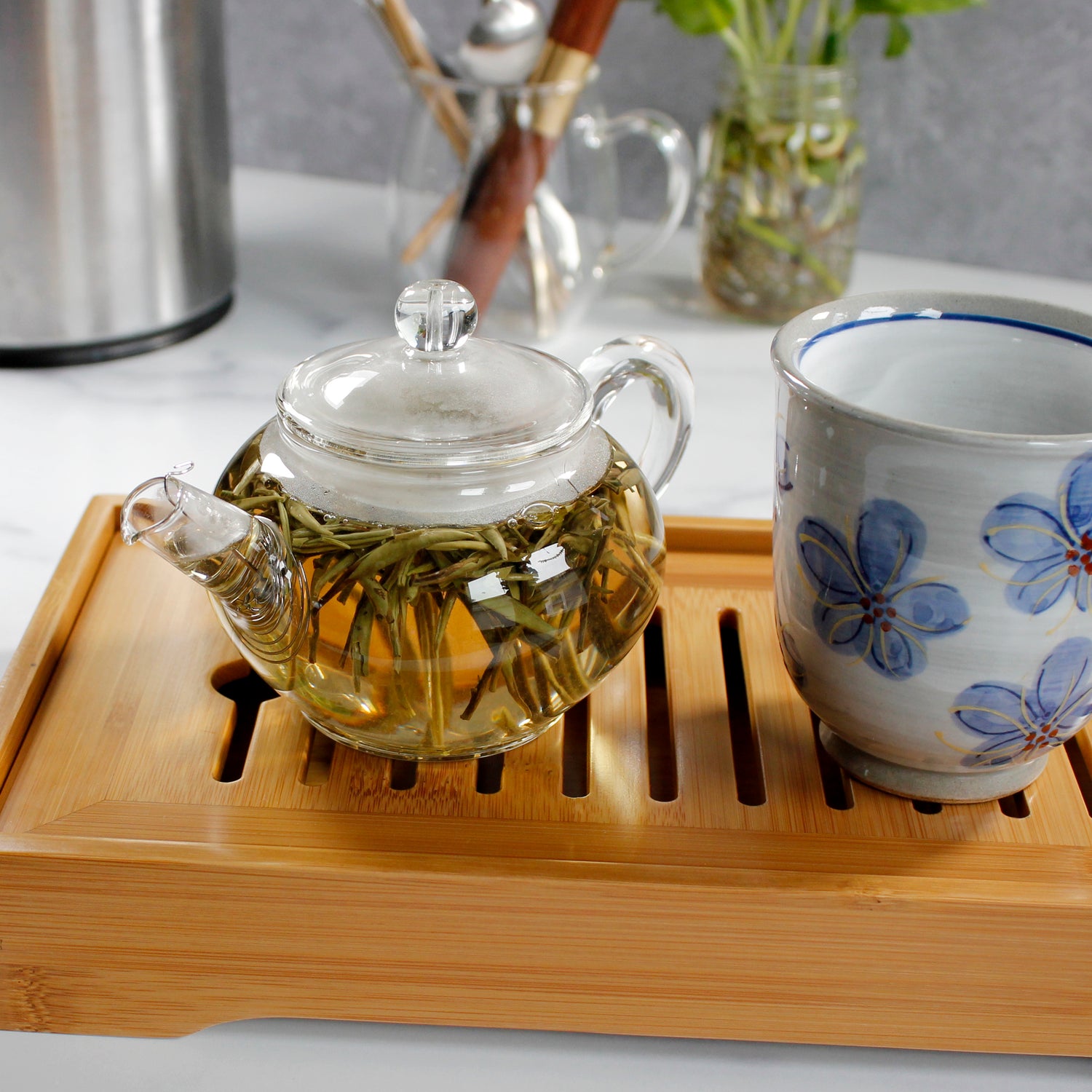
White tea tastes soft, silky, and subtly floral thanks to a unique processing method. After being plucked by hand, tea leaves and young buds are laid out to wither in open air until they dry by themselves. This natural drying yields a luxurious pale yellow liquor that's sweet and delicate with herbal, floral, or fruity notes.
Since these special leaves aren't heated to stop oxidation like other styles, they typically have a smoother flavor with less grassiness than green teas. They’re also especially high in antioxidants, but we love them for their soothing flavors and textures most of all. Brew these white teas for a calming, restorative lift.
-
Moonlight White: Yue Guang Bai
Regular price From $4.00Regular priceUnit price / per -
Silver Beauty
Regular price From $4.00Regular priceUnit price / per -
Silver Needles: Yin Zhen
Regular price From $6.00Regular priceUnit price / per -
White Peach
Regular price From $4.00Regular priceUnit price / per -
White Peony: Bai Mu Dan
Regular price From $4.00Regular priceUnit price / per
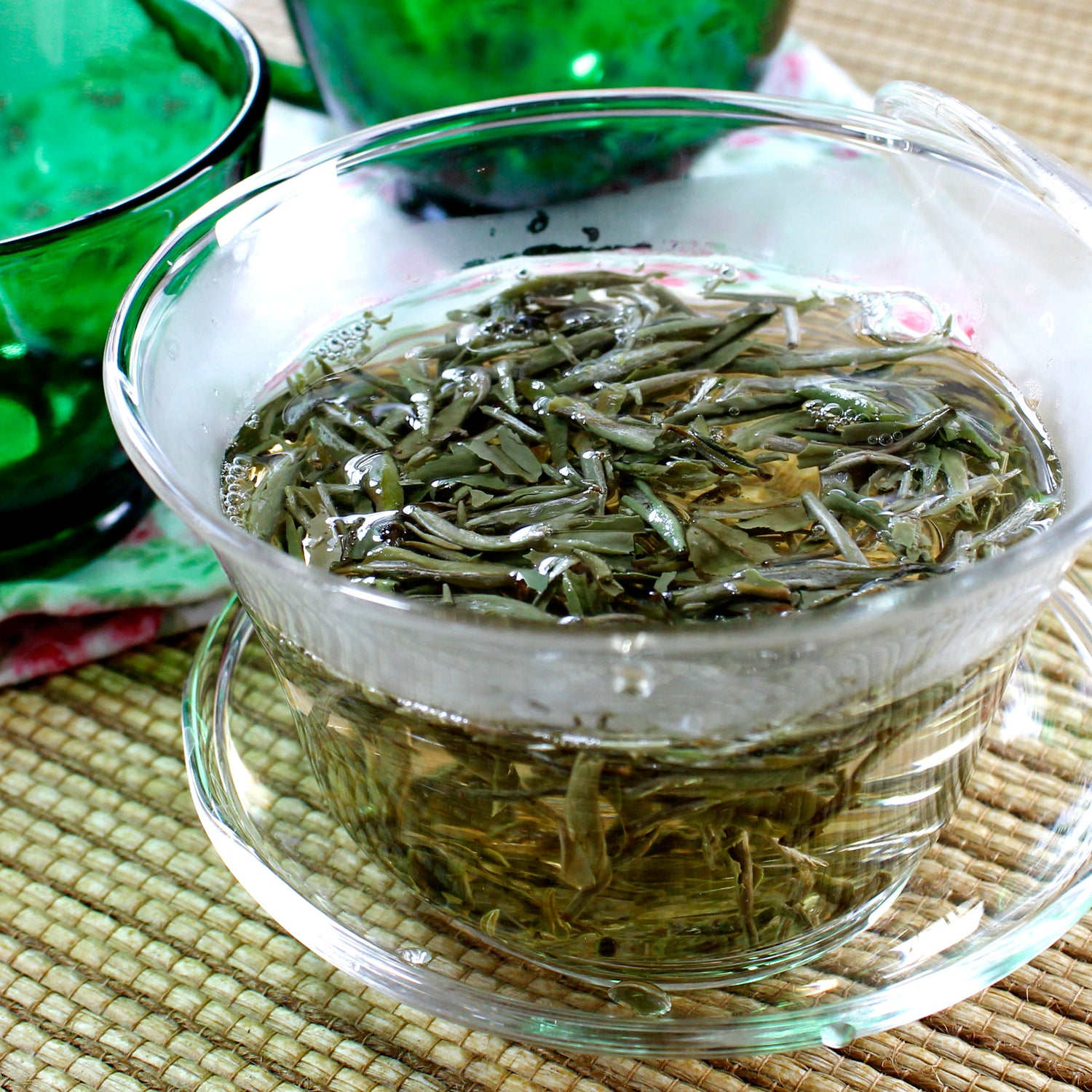
IDEAL TEAWARE FOR WHITE TEAS
White tea is, for the most part, a category that produces light infusions with delicate tasting notes - for single origin white teas we recommend brewing with a gaiwan and doing short, repetitive steeps. This will really allow you to explore the subtlety of their flavors.
-
Somerville Flip Lid Teapot
Regular price $32.00Regular priceUnit price / per -
Small Glass Gaiwan - 4 oz
Regular price $23.75Regular priceUnit price / per -
Classic Ivory Gaiwan - 3 oz
Regular price $30.00Regular priceUnit price / per -
Elegant Porcelain Sharing Pitcher - 6 oz
Regular price $30.00Regular priceUnit price / per -
Bubble Sharing Pitcher - 8 oz
Regular price $19.50Regular priceUnit price / per -
Classic Red Clay Pitcher - 8.5 oz
Regular price $30.50Regular priceUnit price / per -
White Porcelain Tasting Cups - 1.7 oz (Set of 2)
Regular price $18.75Regular priceUnit price / per -
Cold Brew Bottle - 25 oz
Regular price $30.00Regular priceUnit price / per -
FORLIFE Tea Strainer with Dish Set
Regular price $17.50Regular priceUnit price / per

MEM TEA Online Gift Card





